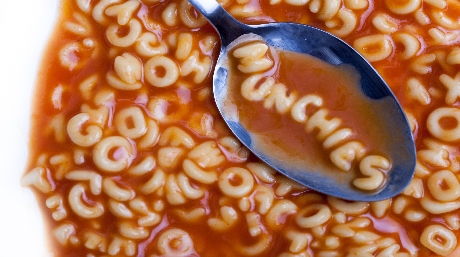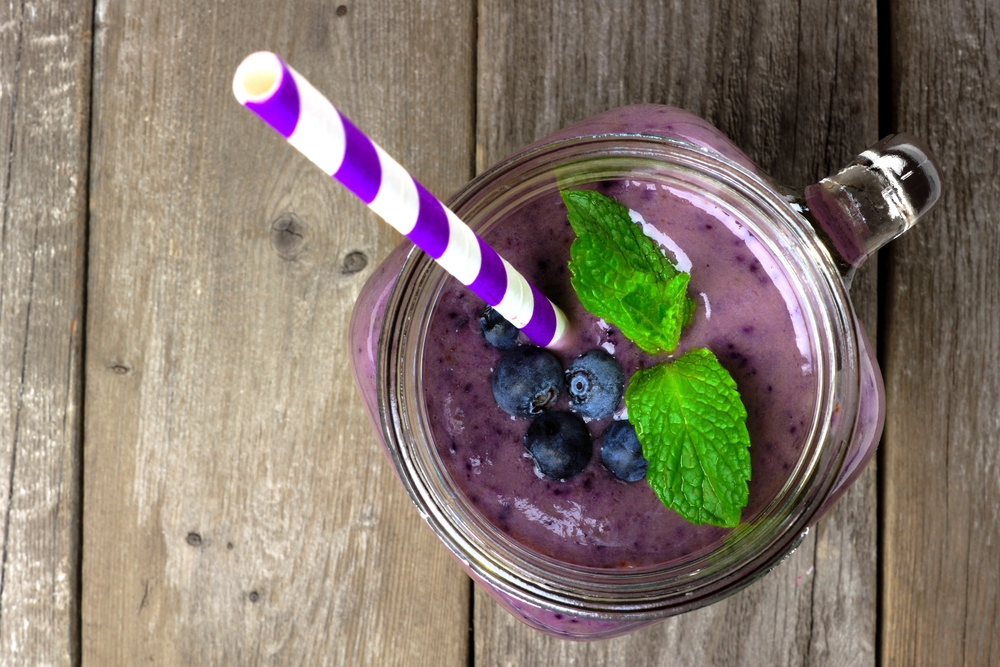Meet Nicolas, the beekeeper with a buzzing passion for training animals. In a fascinating endeavor, he has successfully trained his bees to collect resin from marijuana plants and produce a special honey he calls “Cannahoney.”
Nicolas’s passion for bees is far from ordinary. He embarked on the challenge of training bees, animals renowned for their social behavior and foraging skills, to collect resin from marijuana plants. The training process is not simple, requiring patience, observation, intimate understanding of bee behavior. Nicolas devoted countless hours observing his bees, slowly introducing them to the cannabis plants. Bees are creatures of habit and they rely heavily on their advanced olfactory senses to find and collect food sources. He had to train his bees to identify and favor the scent of marijuana plants over other traditional floral sources.
Once the bees were acclimated, they began their work, collecting the cannabis resin in the same manner as they would collect nectar from flowers. Nicolas then allowed nature to take its course. The bees, using their inherent biological processes, transformed the collected resin into a unique blend of honey in the hive. This produced a honey variant that was both rich in cannabinoid content and had the classic sweetness of honey, resulting in the creation of “Cannahoney.” This was not a quick or easy process, and its success relied on the interaction of several variables including the bees’ acceptance of cannabis, their health, and the quality of the cannabis plants themselves.
Nicolas’s journey into the world of cannahoney began with his profound love for training animals. As a child, he spent countless hours with various creatures, learning their behaviors and forming deep connections with them. This passion for animal training remained with him as he grew up, but it was only when he discovered the therapeutic effects of cannabis that he found a unique path to blend these two passions.
As a naturally hyperactive individual, Nicolas found that cannabis helped manage his energy levels. It provided him with a level of calm and focus that he hadn’t previously experienced. This personal discovery ignited a curiosity within him, a desire to understand the plant better and explore its potential benefits in different forms. Recognizing the health benefits of honey and considering his aptitude for animal training, he wondered if he could combine the therapeutic properties of both.
With this in mind, he embarked on an unprecedented venture: training bees to utilize cannabis plants in honey production. This was a journey of trials and experimentation, marked by failures and breakthroughs. Nicolas faced skepticism and backlash from traditional beekeepers and cannabis enthusiasts alike, but his determination and passion for animal training propelled him forward. Through his patience, persistence, and unique understanding of bees and their behavior, he finally succeeded. His trained bees, loyal and industrious, started to harvest the resin from cannabis plants, leading to the creation of Cannahoney – a product born out of an passionate curiosity and respect for nature’s wonders.

Nicolas saw a golden opportunity at the intersection of marijuana and honey. Both products are known for their individual, health benefits, with marijuana being recognized for its psychoactive and medicinal properties, while honey is celebrated for its nutritional and therapeutic qualities. Nicolas’s concept was based on a fascinating principle: “Everything that passes through the body of a bee is improved.” This refers to the unique enzymatic process bees use to convert nectar into honey, essentially transforming a simple sugar solution into a complex, nutrient-rich food.
If bees could be trained to collect resin from cannabis plants in the same way they gather nectar from flowers, then theoretically they could produce honey with the added benefits of cannabis. This honey would not just be sweet, but it could also incorporate the healing properties of marijuana, potentially offering pain relief, stress reduction, and other therapeutic effects. Of course, the challenge lay in convincing the bees to visit cannabis plants in the first place. While marijuana doesn’t produce the nectar usually associated with attracting bees, Nicolas was undeterred. He realized that bees, with their keen sense of smell, could be trained to identify and collect the resin from cannabis plants, despite the initial skepticism from the scientific and apicultural communities.
The relationship between bees and cannabis in nature is a fascinating one. Bees, with their complex social structures and sophisticated foraging patterns, have a natural preference for plants rich in pollen and nectar. These substances are essential for their survival, providing the nutritional building blocks for the hive and the next generation of bees. However, during times of floral dearth when nectar-rich flowers are less abundant, bees demonstrate remarkable resilience and adaptability by seeking alternative sources of sustenance.
Interestingly, one such alternative source happens to be male cannabis plants. Unlike female cannabis plants that produce the resin-rich buds sought by humans, male cannabis plants generate plentiful amounts of pollen. Bees are known to visit male cannabis plants during periods of floral dearth, particularly in the early mornings and late evenings when the anther, a part of the male cannabis plant, discharges its pollen. This observation provides compelling evidence that bees have a natural affinity for cannabis plants, suggesting that Nicolas’s idea of training bees to collect resin from cannabis wasn’t so far-fetched after all. It was deeply grounded in the observational study of nature and the intrinsic behaviors of bees. It opens up a new understanding of the bee-plant interaction and its potential applications in apiculture and the cannabis industry.
In 2013, after meticulous training and careful cultivation, Nicolas’s bees started transforming cannabis resin into propolis and honey, thus marking the birth of Cannahoney. Unlike traditional honey, Cannahoney offers an intriguing blend of flavors. It inherits the delightful sweetness of honey and the nuanced profiles of the cannabis strains used. Depending on the cannabis variety, Cannahoney can have different aromas – some batches might exhibit a floral or fruity scent, while others may hint at earthy or woody notes. The color of cannahoney also varies, ranging from light amber to a darker, rich hue, reflecting the particular strain of cannabis used.
This diversity is a testament to Nicolas’s holistic approach to his bees and their environment. His bees aren’t limited to a single strain of cannabis. Instead, they have access to various strains, including ones that Nicolas himself has cultivated. This results in an array of Cannahoney batches, each offering a unique taste, aroma, and color profile, much like fine wine varies based on grape variety, weather, and terroir. In essence, each jar of Cannahoney is a sensory journey, capturing the essence of the cannabis plant, the diligent work of Nicolas’s bees, and his expertise as a beekeeper and cannabis cultivator.
The advent of Cannahoney could signal a significant shift in the world of cannabis edibles. If it lives up to its promise, cannahoney could be the first of its kind: an all-natural cannabis edible created through the harmonious interaction of bees and cannabis plants. Picture starting your day with a hot cup of tea, sweetened not just by ordinary honey, but by cannahoney, a beautiful blend of nature’s sweetness and cannabis’s potential therapeutic benefits.
The future holds vast possibilities for Cannahoney. Its versatility could lead to a variety of culinary and medicinal applications. For example, it could be used in cooking or baking, adding a unique flavor and potential therapeutic benefits to various dishes. Beyond culinary use, it could also find a place in natural wellness routines, offering a potentially holistic approach to health and well-being.
However, the full potential of Cannahoney remains to be thoroughly researched and understood. While anecdotal evidence and early adopters praise its benefits, rigorous scientific studies are necessary to fully establish its therapeutic properties, optimal dosage, and potential side effects. As such, Nicolas’s pioneering work with cannahoney not only marks a significant step in the evolution of cannabis edibles but also opens up a whole new area of research in the field of apiculture, botany, and medicinal cannabis.
Cannahoney offers a range of potential benefits, thanks to the combination of cannabis and honey. Cannabis is known for its therapeutic properties, including pain relief, relaxation, and stress reduction. Honey, on the other hand, is packed with antioxidants, enzymes, and nutrients that support overall health and well-being. When these two ingredients come together in Cannahoney, the result is a unique product that may offer a holistic approach to wellness.
One potential benefit of Cannahoney is its ability to provide a more enjoyable and milder cannabis experience. By combining cannabis with honey, the strong flavor and aroma of cannabis can be balanced and complemented by the natural sweetness of honey. This can make it more appealing for those who find the taste of cannabis overwhelming or prefer a gentler experience.
Furthermore, the cannabinoids present in cannabis, such as THC and CBD, have shown potential therapeutic effects. When consumed in the form of Cannahoney, these cannabinoids may be more bioavailable and easily absorbed by the body, thanks to the synergistic properties of honey. This can enhance the overall effectiveness of the cannabinoids and potentially amplify their beneficial effects.
Cannahoney holds promise as a natural remedy for various wellness purposes. The combination of cannabis and honey offers a unique blend of plant compounds, vitamins, and minerals that can support overall health and vitality. Some potential wellness applications of Cannahoney include:
As with any cannabis-infused product, it’s important to start with small doses and assess individual tolerance and sensitivity. It’s also advisable to consult with a healthcare professional before incorporating Cannahoney into your wellness routine, especially if you have any pre-existing health conditions or are taking medications.
Embrace the unique world of Cannahoney and explore the potential it holds for enhancing your well-being. With its delightful taste, potential therapeutic benefits, and natural blend of cannabis and honey, cannahoney offers a truly extraordinary experience.
Disclaimer: This information is provided for recreational and educational purposes only and should not be considered medical or legal advice. Please consult with a healthcare professional or research local regulations before making or using Cannabis recipes.













Related Posts

It is not strange to say that chocolate is the best that exists, right? No, wait, weed is! So cannabis-infused chocolate must be the most perfect combination.

We have all been there: 20 minutes into your smoking session and then all of a sudden you’re thinking cheese out of a spray-can was the best invention ever because it all of a sudden goes with everything right? Then you’re debating whether or not to first eat the spray-can cheese with your candy bar or wait till the pizza you ordered arrives and spray extra cheese on it.

Marijuana and blueberries are a perfect combo. Mix the two into a delicious smoothie that offers many health benefits. Check this article and make yourself a delicious cannabis blueberry smoothie in no time.